In his newest book, The Wood Between the World, author and pastor Brian Zahnd examines the theology of the cross and crucifixion of Jesus through what he describes as a “kaleidoscope”[i] because, as Brian writes, “the meaning of the cross is multifaceted and should touch every aspect of our lives.”[ii] Think about a kaleidoscope for a moment; as you turn the scope and look through the end of it, you will never see the same thing twice. As with a kaleidoscope, Brian writes there are “infinite ways to behold the cross of Christ as the beautiful form that saves the world.”
I talked with Brian about the book two Fridays ago, and we both lamented that the cross has lost its shock factor over the centuries Christianity has used the cross as its main symbol, and as we become immune to the ways humans have derived ways to harm one another. We are just a few days away from the season of Lent when we prepare to make the journey with Jesus to the cross, yet we often forget that it is through the cross and the empty tomb that God defeated the powers of Sin and Death.
The crucifixion of Jesus is not something we in the church like to think, teach, or preach about. The hymns about crucifixion are saved for Holy Week. Because Holy Week coincides with Spring Break, many of us jump from Palm Sunday to Easter, forgetting that between those Sundays, religious authorities would conspire against Jesus, he would be sold out by Judas and, denied by Peter, and killed. We go from Palm Sunday palms in the air (like we just don’t care) to Easter, forgetting the passion of Christ. Maybe this is because the gruesome description of what happened during Holy Week is too much to bear or that we are busy because even though the Church pauses for Holy Week, the world does not.
The crucifixion of Jesus and the Transfiguration are intertwined, yet because we are apathetic toward the crucifixion, we often forget that before Jesus climbed a “high mountain”[iii] with Peter, James, and John, Jesus told his disciples he would suffer. According to Mark, Jesus would “undergo great suffering, and be rejected by the elders, the chief priests, and the scribes, and be killed, and after three days rise again.”[iv] The disciples were greatly troubled by this.
“How could this be?” Peter and the others asked.
No one had been resurrected. Resuscitated, sure, but back to life where death is defeated? Come on, Jesus, what are you talking about?!
In Luke’s accounting of this series of events, Jesus asks Peter, “Who do people say that I am?” And Peter correctly identifies Jesus as “The Messiah (the Christ) of God.”[v]
At the heart of the Transfiguration is the identity of Jesus. Son of God and Son of Man. The Messiah. The Crucified One.
The Transfiguration of Jesus is a window into the future. Revealed to Peter, James, and John is the future Jesus described to them six days earlier. The moment when the Law (acknowledged by the presence of Moses) and the words of the prophets (acknowledged by the presence of Elijah) are fulfilled.
And like the crucifixion of Jesus, we tend to gloss over the Transfiguration or write it off as a metaphor for something it is not because we have a hard time understanding what happened.
“Dazzling white”[vi] clothes, such that no amount of Clorox bleach competes.
The presence of two people from ancient Israel who were long dead.
Clouds and a voice calling down from the heavens, saying, “This is my Son, the Beloved; listen to him!”[vii]
It all sounds a little too over the top for us to rationalize or understand, so we push it to the side as one of those “bible-things” we do not need to understand.
But the Transfiguration closes out the season of Epiphany, the season when the fullness of Christ is revealed through his works of mercy and healing, teaching, and revelations about the Kingdom of God. This moment on the mountain is when all those things collide. So, we close out Epiphany and prepare for Lent, not with a glimpse into the future but a glimpse at forever, a glimpse at eternity.
Peter wanted to preserve the moment, and who could blame him? When you had just heard that Jesus was going suffer, be rejected, killed, and then raised, wouldn’t you want to skip the suffering, rejection, and killing and jump straight to the good stuff? Wouldn’t you want to preserve the moment?
Even if, just for a moment, Peter saw the fullness of the humanity of Jesus alongside the fullness of Jesus’ glory, his divinity. Peter had a glimpse into the mystery of our faith: that God became fully human so that humanity might become righteous. The Good News, the hope contained in the Transfiguration of Jesus, is not the message to come down the mountain and serve the poor – a message many would affirm without ever knowing Jesus. The Good News is that God became like us, like you and me.
The light that beamed from the transfigured Christ is the same light that said, “Let there be…” The same Light that the creation waits for with sighs too deep for words. The same Light that will one day make all of creation a blaze like a bush with God’s glory, but not consumed.
The light that beamed was a glimpse into the eternity that is the fullness of the Kingdom of God.
The disciples received a kaleidoscopic preview of what we proclaim at the end of the Nicene Creed: “We look for the resurrection of the dead, and the life of the world to come.”[viii]
There is no way we can jump from the proclamations of Jesus as Lord – Peter declaring Jesus to be the “Messiah of God” or the people of Jerusalem shooting sweet hosannas as Jesus entered the city on Palm Sunday to the excitement of the resurrection (Easter) without going through the Holy Week. It is not that the wrath of God had to be paid by Jesus to reveal God’s love for humanity. Instead, through Jesus taking on the violence and despair humanity threw at him, the goodness and mercy of God’s love would reveal the lengths to which God would go to save us.
Glimpses into the eternity of God come and go for all of us as we continue to grow in our faith and have our own encounters with the resurrected Messiah. And each glimpse is like a kaleidoscope, revealing something new to us about the fullness of who Jesus is.
[i] Zahnd, Brian. The Wood Between the World - A Poetic Theology of the Cross. IVPress. 2024. Page 3.
[ii] Ibid.
[iii] Mark 9:2
[iv] Mark 8:3
[v] Luke 9:20
[vi] Mark 9:3
[vii] Mark 9:7
[viii] https://www.umc.org/en/content/glossary-nicene-creed


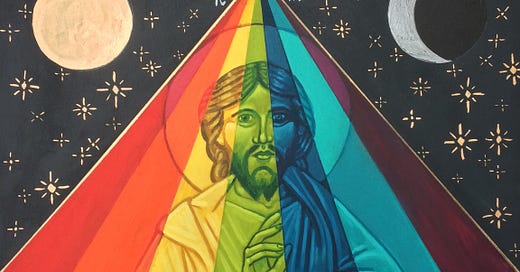




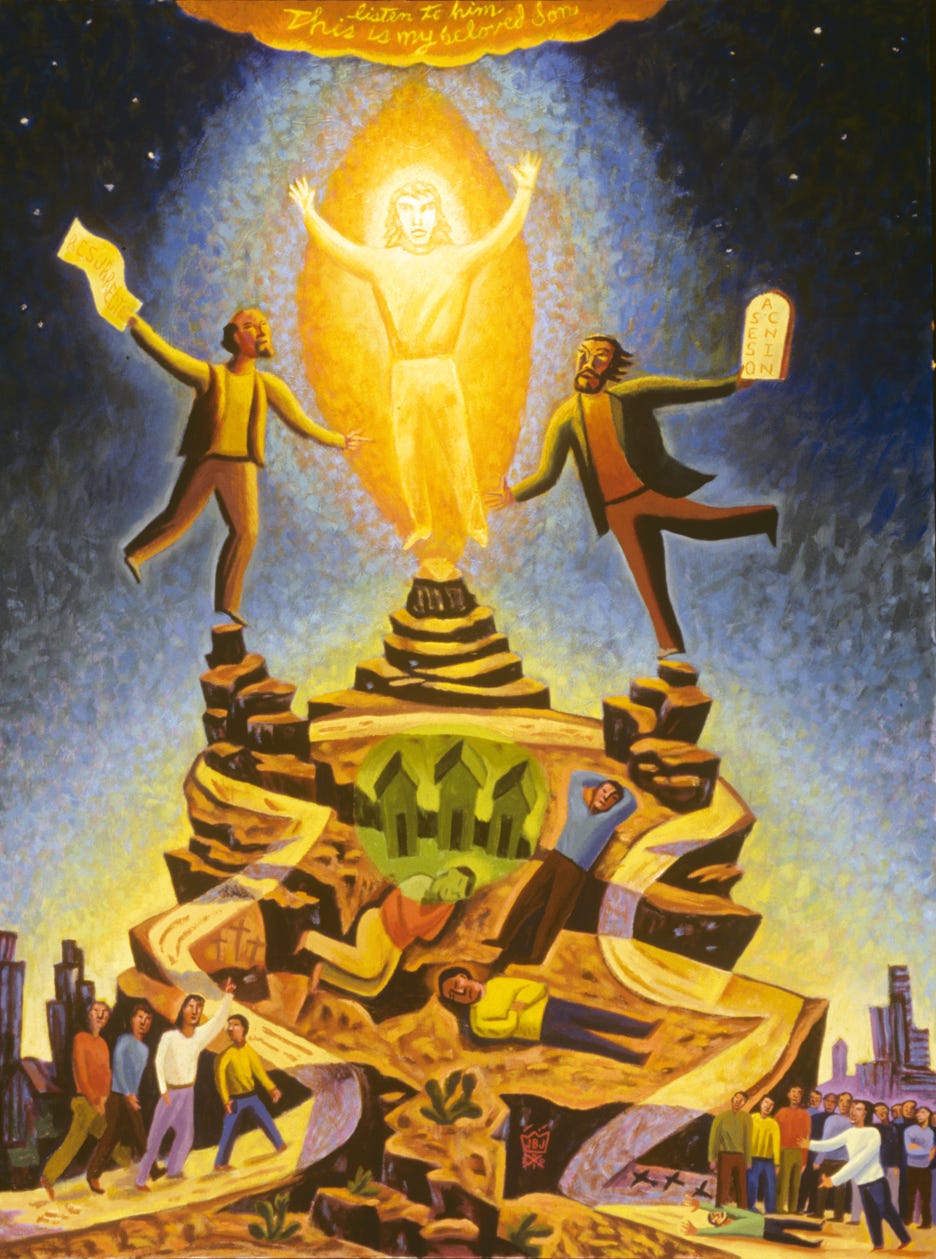



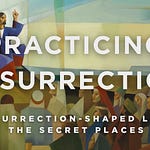
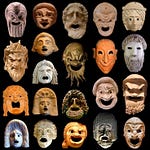




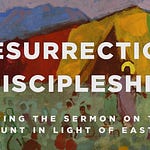
Share this post